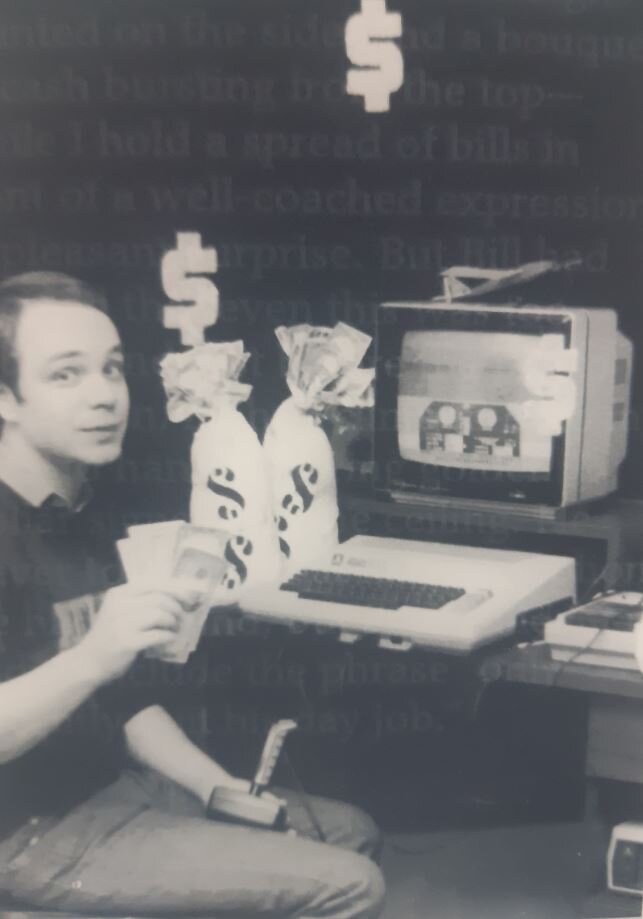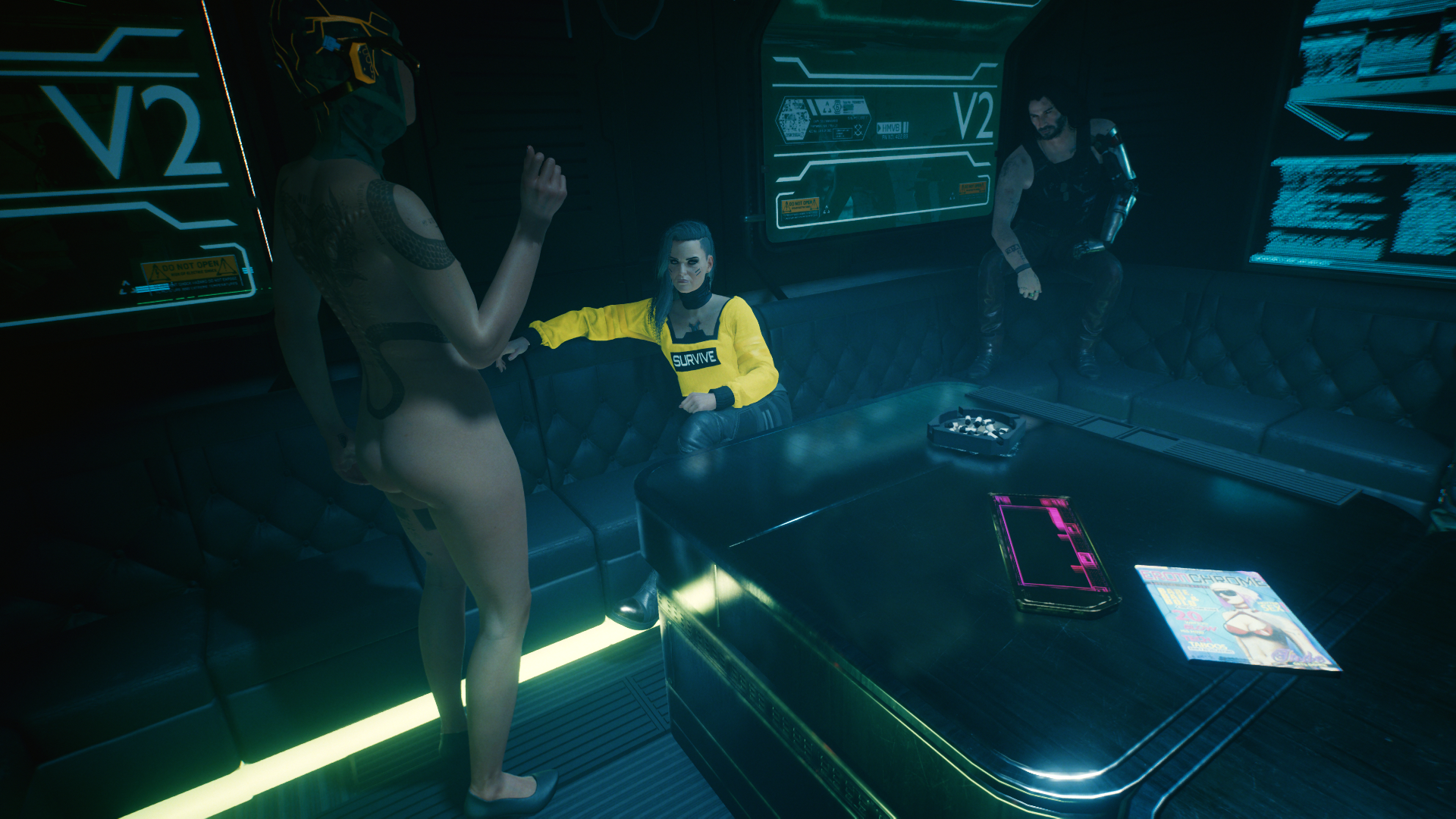Sid Meir’s name is well known to most gamers mostly because his well known titles all start with the words, Sid Meir. It is a publicity device used by only a few other titans of the video game development scene, such as Tom Clancy and American McGee.
It would be natural to assume that such a person would be insanely egotistical, but Mr. Meir’s 300 page memoir tediously depicts himself as a decent, peaceful and thoughtful person who would like nothing more than to be left alone to make video games and spend time with his family and friends.
Like all of the publicity he has ever done, putting his name on his games was not his idea, but he was smart enough to recognize that those selling his games knew more about marketing than he did.
The book spends a lot of time on his early life, and while this would be useful to a psychologist trying to help him, it really is not that interesting or revelatory to his design influences. The tagline of the book, “by the creator of Civilization!” indicates that most readers will come to the book to learn more about the games he has made rather than what made Sid Meir. Those readers will come way disappointed, but there are still enough revelations in the book to make it worthy of a read to those who are dedicated scholars of video game culture.
This photo was also not his idea.
My main takeaway was that every single great game Sid Meir made was influenced entirely by a pre-existing board or video game (or one of his co-developers previous work on a similar concept). This was always mentioned every several tens of pages into the descriptions of the game as a small matter not worth focusing on (but he did at least mention those facts).
Combining this along with the omission of his his co-writer—Jennifer Noonan’s name does not make the front cover—does start to reveal perhaps a more egotistic side of Mr. Meir’s personality that he has not shown to the public, but then again, perhaps I’ve been lulled by the book into playing the role of an armchair therapist.
Sid Meir’s Memoir is required reading for enthusiasts of Microprose, Firaxis or video game generalists but don’t expect a compelling read for this full-price and professionally published book.
Phil Fogg














